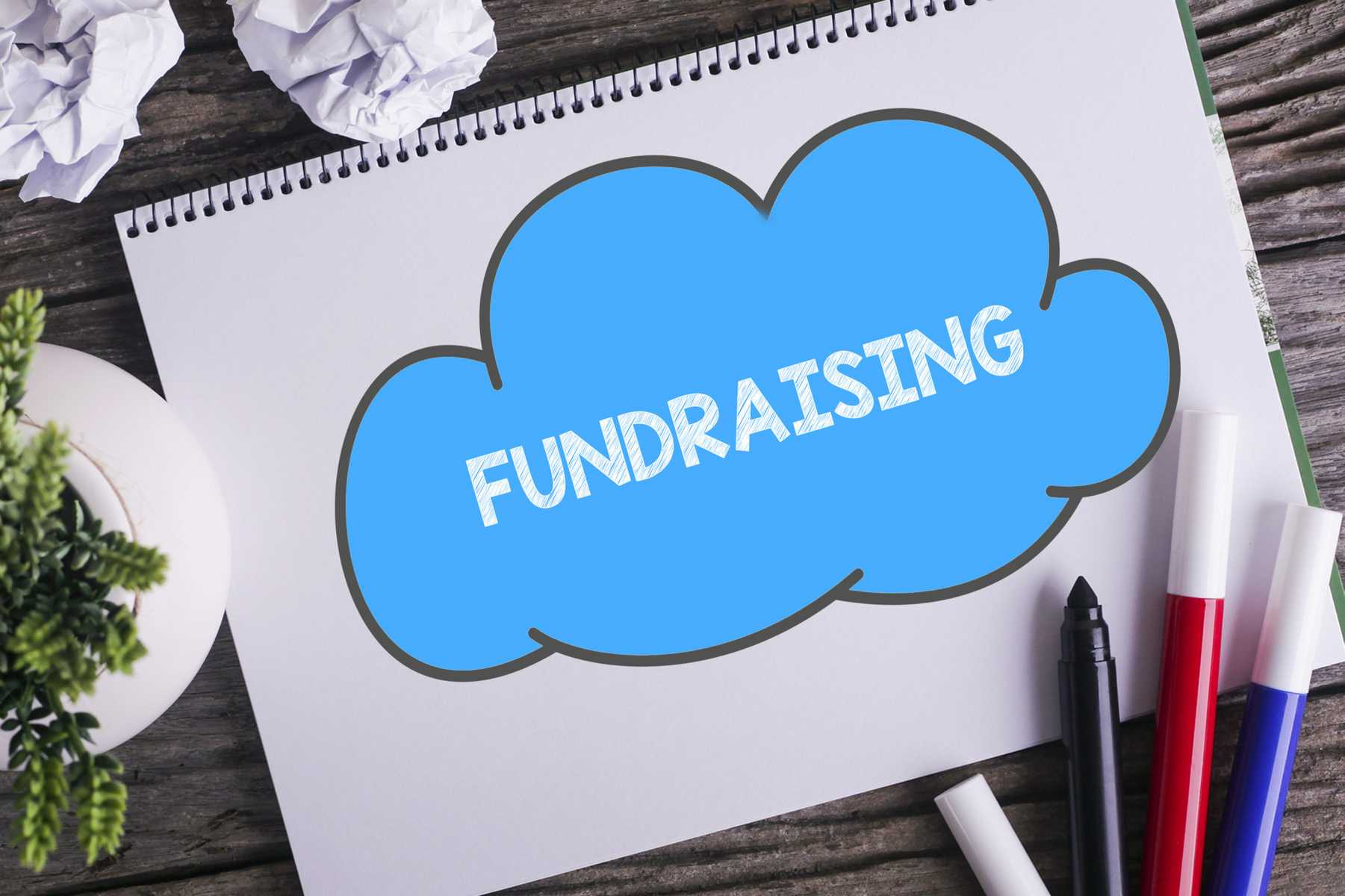Fundraising Consultant: Expert Advice to Enhance Your Nonprofit's Fundraising
Fundraising Consultant: Expert Advice to Enhance Your Nonprofit's Fundraising
Blog Article
The Role of Area Interaction in Nonprofit Fundraising: Structure Lasting Relationships for Lasting Assistance
Neighborhood engagement is significantly recognized as a critical part of successful nonprofit fundraising. By cultivating real partnerships with local stakeholders, organizations can cultivate depend on and loyalty, which are important for lasting support. Nonetheless, the approaches and approaches utilized to involve areas differ extensively, elevating important inquiries regarding effectiveness and impact. What are the very best methods for growing these crucial connections, and just how can nonprofits gauge their success in this arena? Recognizing these characteristics might dramatically affect the future of fundraising initiatives and the overall objective of nonprofit organizations.
Recognizing Neighborhood Engagement
Neighborhood engagement is an important component of successful nonprofit fundraising initiatives. It describes the methods and activities that organizations utilize to get in touch with their regional communities, cultivating connections that are mutually useful. Understanding area interaction involves identifying its multifaceted nature, which includes outreach, involvement, and partnership. Nonprofits need to determine vital stakeholders-- such as neighborhood participants, regional companies, and other organizations-- to produce effective involvement strategies.
Reliable neighborhood involvement is asserted on energetic listening and responsiveness to the needs and passions of the neighborhood. This process entails obtaining responses, understanding community dynamics, and ensuring that the company's mission lines up with neighborhood concerns. Engaging the neighborhood can take different kinds, consisting of public conferences, volunteer opportunities, and collaboration efforts, each made to urge participation and financial investment in the company's objectives.
Moreover, neighborhood interaction need to be come close to as a recurring dialogue as opposed to an one-time initiative. By cultivating a comprehensive environment where community voices are heard and valued, nonprofits can construct a solid foundation for future fundraising undertakings. Ultimately, a deep understanding of neighborhood involvement empowers organizations to create genuine links that improve their overall performance and sustainability.
Advantages of Solid Relationships
Solid relationships formed through neighborhood engagement return numerous advantages for not-for-profit fundraising efforts. Most importantly, these connections foster trust and reliability, necessary parts in motivating benefactors to add. When prospective supporters see a not-for-profit actively associated with their neighborhood, they are more probable to rely on its objective and effect.

In addition, these partnerships promote efficient interaction. Nonprofits can take advantage of their links to share tales of effect, updates, and needs, making sure that fans stay informed and engaged. This open line of communication not only strengthens bonds yet additionally urges referral promo, expanding the not-for-profit's reach.
Lastly, solid neighborhood connections can bring in new companions and enrollers. Services and individuals are more inclined to line up with organizations that demonstrate significant community participation, providing added sources and assistance that can substantially improve fundraising abilities. Thus, growing robust relationships through community engagement is integral to a not-for-profit's long-lasting fundraising success.
Methods for Efficient Involvement
How view publisher site can nonprofits effectively involve their neighborhoods to improve fundraising efforts? Regular updates, involving material, and calls-to-action can galvanize area interest and engagement.
2nd, organizing area occasions, such as workshops, volunteer possibilities, or fundraising drives, assists in in person interaction, enabling nonprofits to display their impact and initiatives. These occasions not just raise funds yet likewise cultivate connections and enable area participants to engage directly with the reason.
Third, applying tailored interaction techniques can boost interaction. Tailoring messages to details benefactor sectors based upon rate of interests and past payments cultivates a feeling of belonging and financial investment in the company's goal.
Finally, creating collaborations with regional businesses and community leaders can enhance outreach initiatives. Collaborative efforts can boost exposure and reliability, demonstrating a collective dedication to the community's wellness. By integrating my sources these strategies, nonprofits can develop enduring partnerships that improve fundraising efforts and drive lasting assistance.
Determining Engagement Success
While engaging the area is essential for effective nonprofit fundraising, determining the effectiveness of these involvement initiatives is just as important. Establishing clear metrics allows companies to examine just how well they are getting in touch with their target market and attaining their fundraising objectives. Secret efficiency signs (KPIs) such as donor retention prices, volunteer engagement degrees, and engagement on social media sites systems provide concrete information for assessment.

On a regular basis evaluating these metrics enables organizations to pivot their techniques when necessary, guaranteeing that community interaction stays aligned with their general mission. Furthermore, sharing these results with stakeholders promotes openness and constructs trust, encouraging more community participation. Inevitably, a durable measurement structure not only notifies future fundraising initiatives but also reinforces the connection between the not-for-profit and its fans, laying the groundwork for lasting success.
Study in Area Effect
Many study show the extensive influence that neighborhood engagement can have on nonprofit fundraising success. One significant example is the "Food for Idea" initiative, where a local food bank partnered with schools and services to host area dinners. These events not only raised funds but likewise cultivated a feeling of belonging among participants, considerably raising contributor retention prices.
An additional compelling instance is the "Environment-friendly Spaces Project," which involved local citizens in the revitalization of metropolitan parks. This effort not just garnered economic assistance from neighborhood businesses however likewise cultivated a volunteer base that added to continuous maintenance and programs. The feeling of possession and satisfaction amongst area participants equated into sustained contributions.
In the realm of arts, the "Art for All" project successfully engaged local artists and clients to create collaborative art installations, causing raised presence and this website donations for a local arts nonprofit.
These instances highlight that when nonprofits focus on community participation, they can develop long lasting relationships that boost fundraising efforts, making sure lasting assistance and cultivating a lively neighborhood society. Such situations demonstrate that community interaction is not simply a method however an essential pillar of nonprofit success.
Conclusion
In final thought, neighborhood engagement is indispensable to the success of not-for-profit fundraising initiatives. Eventually, a durable structure of area support not only intensifies fundraising potential yet also cultivates a culture of cooperation, vital for attaining long-term organizational objectives and maintaining meaningful influence. fundraising consultant.
Nonprofits should recognize crucial stakeholders-- such as neighborhood members, regional services, and various other companies-- to produce efficient interaction techniques.

In final thought, community involvement is important to the success of nonprofit fundraising initiatives.
Report this page